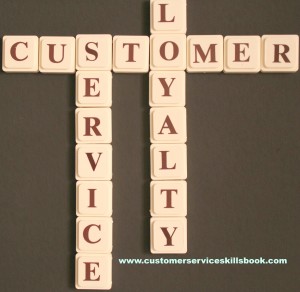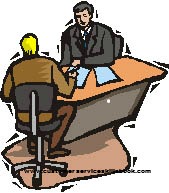The Customer Service Representative’s Role in Organizational Culture
Put simply, organizational culture is what your customer experiences. This culture is made up of a collection of subcomponents, each of which contributes to the overall service environment.
Organizational cultures are developed to some degree by everyone within the organization and are driven from the top down in most organizations. Without the mechanisms and atmosphere to support frontline service, the other components of the business environment cannot succeed. When leaders fail to recognize this point and do not lead by example from a service perspective, the organization is doomed to experience poor quality of service and lose customers.
Typically, culture portrays the dynamic nature of the organization and encompasses the values and beliefs that are important to the organization and its employees and managers. The experiences, attitudes, and norms cherished and upheld by employees and teams within the organization set the tone for the manner in which service is delivered and how service providers interact with both internal and external customers.
The type and quality of products and services also contribute to your organizational culture. If customers perceive that you offer reputable products and services in a professional manner and at a competitive price, your organization will likely reap the rewards of customer loyalty and positive “press.” On the other hand, if products and services do not live up to expectations or promises, or if your ability to correct problems in products and services is deficient, you and the organization could suffer adversely.
As a service provider, you play a crucial role in making sure that your culture is positive and projected to each person with whom you have contact. Customers do not care about your policy, your physical or mental condition, whether you are having issues with co-workers or managers, or any other element that might potentially inhibit your delivering quality customer service. What they do care about is receiving quality, timely and professional services and products. Anything else will likely have them headed for the door or to the next Internet site to have their needs, wants and expectations met.
Make it your goal that each day you come to work, that you will strive to make it the best possible day for you and for your customers. For more information about customer service and organizational cultures get a copy of Customer Service Skills for Success.
About Robert C. Lucas
Bob Lucas has been a trainer, presenter, customer service expert, and adult educator for over four decades. He has written hundreds of articles on training, writing, self-publishing, and workplace learning skills and issues. He is also an award-winning author who has written thirty-seven books on topics such as, writing, relationships, customer service, brain-based learning, and creative training strategies, interpersonal communication, diversity, and supervisory skills. Additionally, he has contributed articles, chapters, and activities to eighteen compilation books. Bob retired from the U.S. Marine Corps in 1991 after twenty-two years of active and reserve service.
Make Money Writing Books: Proven Profit Making Strategies for Authors by Robert W. Lucas at Amazon.com.
The key to successfully making money as an author and/or self-publisher is to brand yourself and your company and to make yourself and your book(s) a household name. Part of this is face-to-face interaction with people at trade shows, library events, book readings, book store signings, blogging or guest blogging on a topic related to their book(s). Another strategy involves writing articles and other materials that show up online and are found when people search for a given topic related to a topic about which the author has written.
If you need help building an author platform, branding yourself and your book(s) or generating recognition for what you do, Make Money Writing Books will help. Bob’s popular book addresses a multitude of ideas and strategies that you can use to help sell more books and create residual and passive income streams. The tips outlined in the book are focused to help authors but apply to virtually any professional trying to increase personal and product recognition and visibility.







